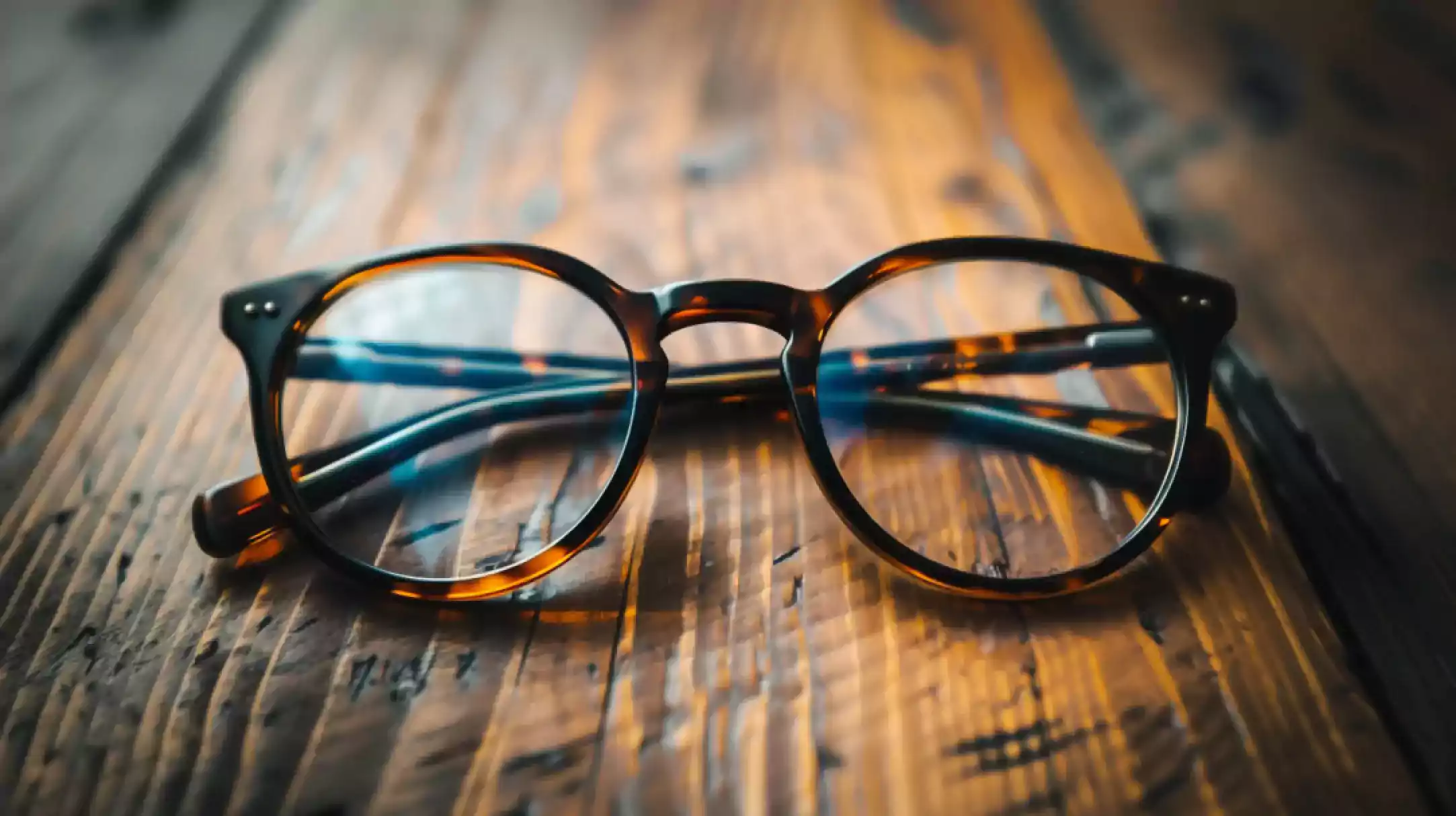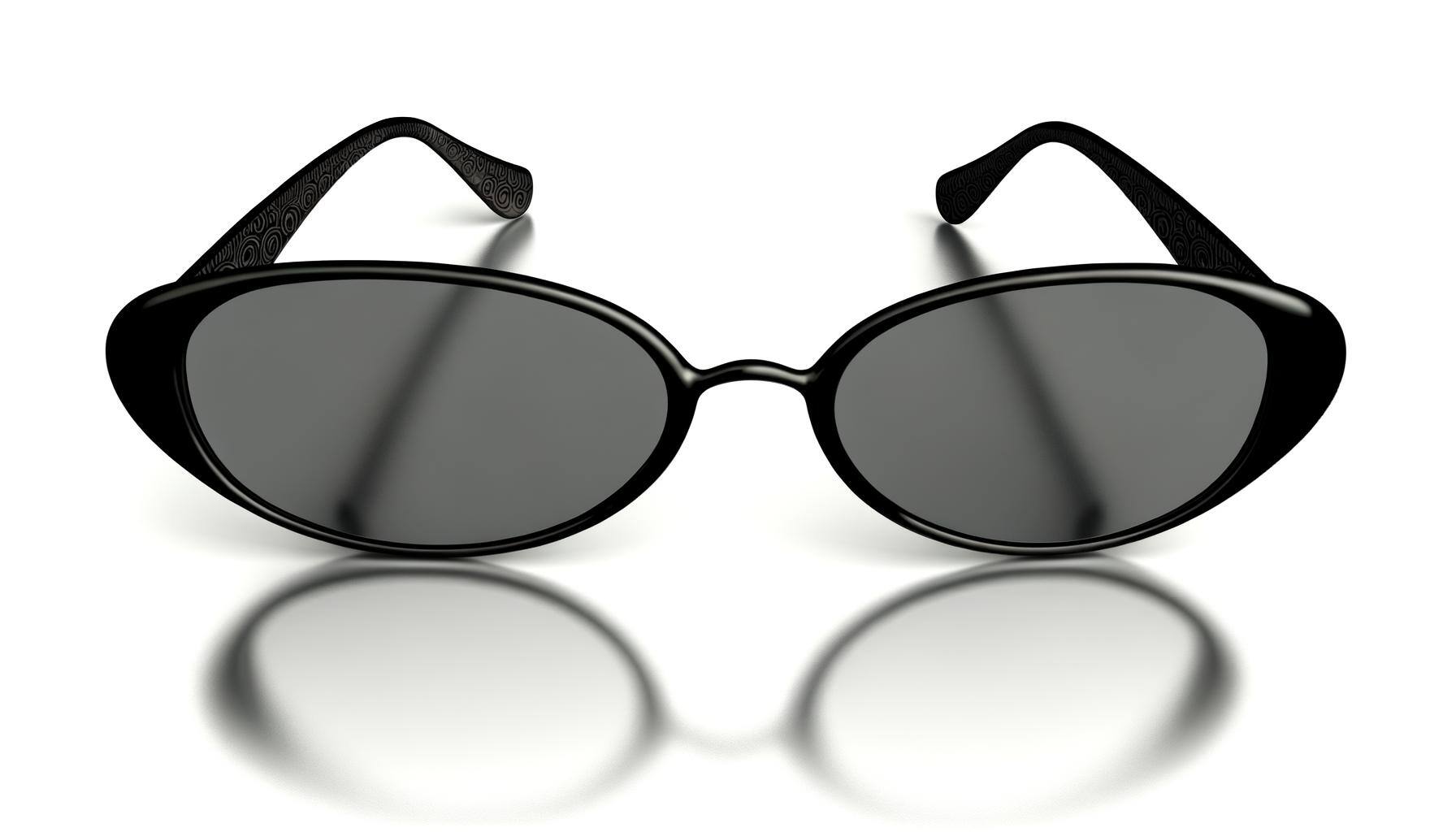China has the most significant number of eyewear manufacturers worldwide, comprised of over 6,000 eyewear manufacturers across the country. With the outbreak of COVID-19, aka the Coronavirus, it’s apparent that eyewear manufacturers in China have an immense influence on the global eyewear supply chain. Here we look at all the major factors influencing eyewear companies abroad for suppliers, brands and retailers alike.
The primary manufacturing areas are situated at Wenzhou, Taizhou, Danyang, Shenzhen and Xiamen. China manufactures a wide range of eyewear types including swimming goggles, safety glasses, ski goggles, glasses frames, contact lenses and many more.
You may be concerned about how the Coronavirus in China will influence your businesses. Based on the current news from Beijing, the situation is slowly recovering, but we’re not in the clear yet, and the eyewear supply chain has been disrupted.
Current Impact of COVID-19 on the Eyewear Industry
.jpg?width=1920&name=COVID-19%20Eyewar%20Impact%20(1).jpg)
1. Quality issues
Fundamentally, quality issues are severe, to an extent. With the ongoing COVID-19 epidemic, the labour force in China is seriously affected. Most workers are rightfully scared to go back to work and current estimates put most factories at 20% of normal staffing capacity. This inevitably leads to delays in production. The absence of skilled labourers such as engineers and floor managers is creating a void in production workflows and process control. The factors of ‘lesser importance’ such as during process control (DPO) and lab testing materials are pushed way down the task list, which will inevitably lead to quality issues.
2. Supply chain disruption
Some factories have reported as little as 10% of their workforce present, with one floor manager where there should be five. This leaves inexperienced staff in roles where they might not be comfortable or skilled enough to serve the purpose. What’s worse is that factories lack specific competencies. Without key staff in the factory, the operation won’t function properly and the repercussions down the line could be seriously detrimental to your eyewear business.
Furthermore, some suppliers cannot be fully trusted, with some eyewear manufacturers stating that factories are running as per usual but this simply isn’t true. You would do well to triple check before placing an order. Third-party involvement is highly advised at this point in time, especially if you’re worried about time constraints.
Even if manufacturers are operating, it will be at a reduced capacity and you need to ask yourself if you’re at the top of the priority list. It’s very likely that suppliers will pretend their production capacity is unchanged and take orders as usual. Be suspicious of this kind of behaviour, particularly if they ask for a deposit.
3. MIDO 2020 Eyewear Trade Show ‘postponement’
MIDO, the biggest eyewear trade show in the world since 1967, was postponed at the last minute this year. Although it may sound minor, this is a big deal. At first, MIDO barred China from the show due to the outbreak but it was later postponed instead, most likely due to the lack of participants from China, which would have a serious impact on the number of exhibitors.
The MIDO Eyewear Trade Show is a vast gathering of eyewear professionals, buyers, exhibitors and opticians. It’s an opportunity to see the latest trends and technological advancements and a great opportunity to meet face to face with suppliers.
Currently, MIDO 2020 has been postponed until the end of May or mid-June, officially due to the COVID-19 outbreak. Unless the situation is brought under control, we don’t foresee MIDO happening anytime soon, especially with the new number of confirmed cases in Italy.
Current measures you can take to resolve (or alleviate) the situation

1. Reduce quality concerns
The last thing you want to worry about is a bad batch of eyewear reaching you. It might seem like shameless self-interest, but we’d recommend pre-shipment inspection at the very least. Accepted Quality Limits are there for an obvious reason, so we recommend a ‘General’ Inspection Type, with an Inspection Level of ‘II’ and an AQL of 2.5 as a guideline. You can calculate your AQL here.
2. Factory inspection – Audit
Now might be a great time to audit your manufacturer. Besides peace of mind around social compliance and quality management, it’s good to know how well your factory(s) is running. However, before you send an auditor to the factory, here are seven helpful points you need to check for:
- Make sure the factories are open. A WeChat video call can be a great option to view the factory floor and see if the people are working. It’s not an unreasonable request.
- Make sure your factory is taking all the necessary precautions to protect their staff from getting infected at the workplace.
- That the manufacturer has adhered to all regulations set out by the local governments to check for any non-conformities.
- There are enough workers to run the eyewear factory.
- Skilled labour – ensure engineers and technicians are on hand to set up, control and maintain the manufacturing process.
- Eyewear is undergoing quality control.
- In case of any difficulties or postponement of delivery plans, the suppliers must inform the company as soon as possible.
If you can confirm the seven points above are being adhered to and are in place, you should have a good idea where you are with your eyewear manufacturer. Make use of checklists, including the current capacity and factory production forecasts, number of workers available, analysis of anticipated supply and delivery plans.
Finally, although not confirmed, the lifespan of COVID-19 outside a host is said to be typically around 7–9 days. This would not be an issue for seaborne cargo but potentially hazardous for air freighting. According to the same study, the Coronavirus does not remain active for as long at temperatures higher than 30 degrees Celsius, and it can be completely eradicated by household disinfectants.
All things considered, China is doing well under pressure and going to extreme lengths to contain the outbreak and reduce any further spreading of COVID-19. Supply chains will be affected one way or another, so it’s best to be proactive about it and get on the same page with your manufacturer.
Are you dealing with any of the above-mentioned challenges due to COVID-19?
If so, get in touch with PEL to provide you with a tailored solution for your specific needs.







.jpg)



